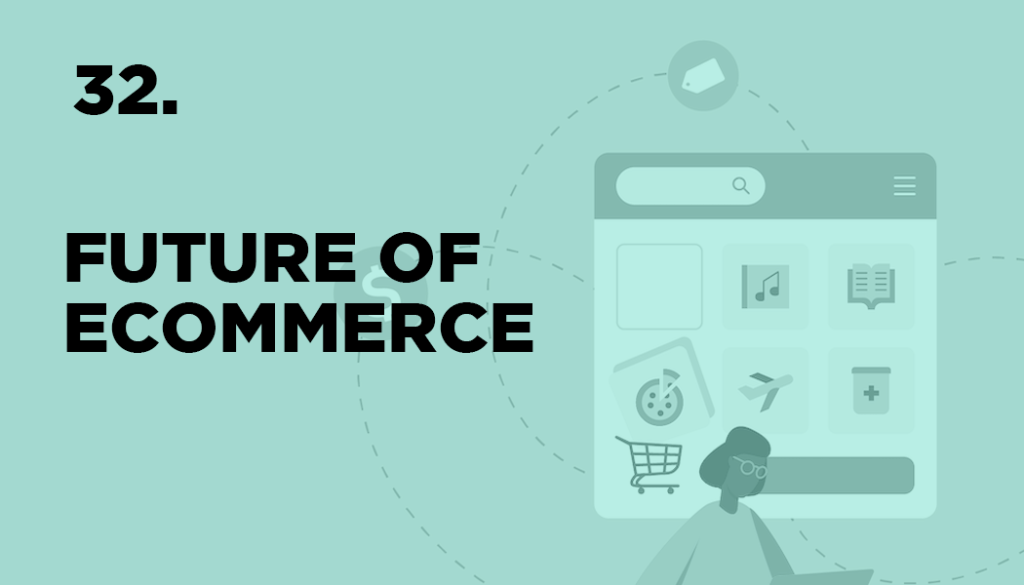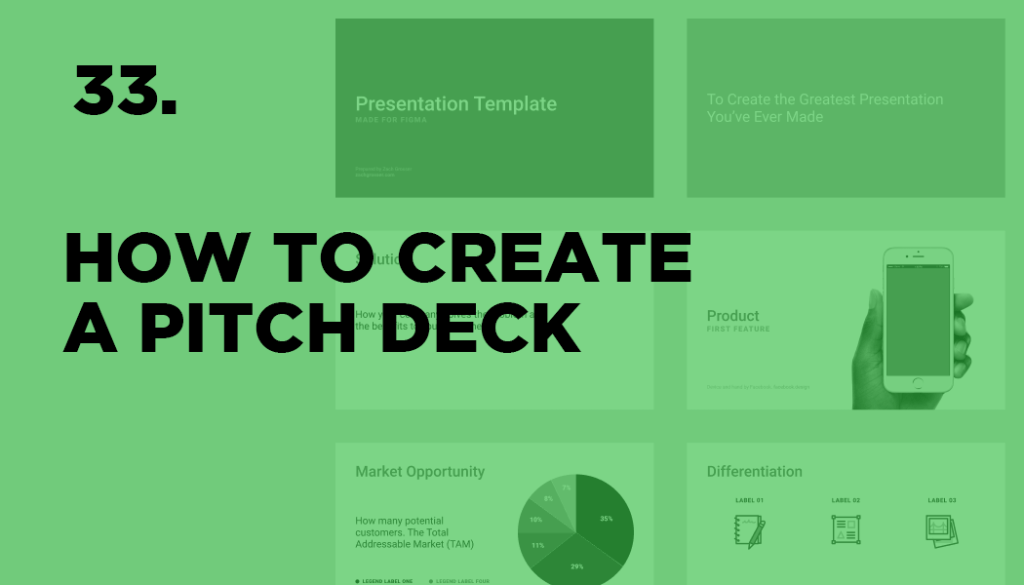As I sit here and analyze the 8 e-commerce companies that I advise, I notice a bit trend happening that costs small businesses millions… inventory. Black Friday sales and discounting is huge this year and being done for over a week by 80% of brands. Yes, Amazon predicts Black Friday sales will be down 35% this year compared to other years as consumers are not buying as much stuff.
During covid, when inventory was scarce, consumers were purchasing out of fear that they would not be able to get the items. Is the solution to make inventory scare? Is the solution to have limited inventory and do drops? Is the solution to do pre order / made on demand?
I believe the future belongs to brands that rely on ready-to-make production, limited-edition drops, and on-demand manufacturing.
The Problem with Traditional Inventory
The traditional e-commerce landscape has been shaped by the customers need and want for instant gratification to get the item. Therefore, Amazon built 1 day shipping, filled their warehouses across the country with items, and filled this customer need. However, this leads to a lot of waste. Warehouses stocked to the brim and overproduction of products when the product landscape is very quickly shifting. One day air fryers are trending and the company produces millions to keep up with demand, the next day, NY Times produces an article saying the plastic in air fryers contains PBAs and PHAs and is harmful to humans. No one purchases these air fryers.
For decades, e-commerce has relied on bulk production and large inventories to meet consumer demand. While effective, this model has significant downsides:
- Overproduction: Brands often produce more than they sell, leading to waste and heavy discounts.
- Storage Costs: Warehousing is expensive, eating into profit margins.
- Risk of Unsold Goods: Trends shift quickly, leaving brands with unsellable stock.
One of the companies that I advise is a planner company. The company’s inventory has an expiry date as planners are only valid for the year. The company does a big launch in April every year and will sell 50% of their inventory during this time. Then it is variable year over year how much of the excess inventory will sell and how much do they need to be discounted by? The discounting and paid ads to push the inventory that has been purchased will often lead to the business losing money on the sale the goods to the end of the year.
What if the business did one launch in April and a second drop in August for their Calendar year planners. Two drops. The business orders enough planners for the April drop to sell out. Then items can be re ordered for the drop in August.
No-Inventory Models: The New Frontier
Emerging technologies and consumer preferences are paving the way for inventory-free models that prioritize agility, sustainability, and exclusivity. Here’s how:
1. On-Demand Manufacturing
Instead of producing items in advance, brands create products only when an order is placed. I love the idea of this model. Having a 3D printer that would be able to make the item on the spot as fast as a large scale manufacturing production.
This model is supported by advancements in technology such as:
- 3D Printing: Perfect for customized goods like jewelry or accessories.
- AI-Driven Production: Predictive algorithms can streamline manufacturing timelines and reduce errors.
- Localized Microfactories: These facilities allow brands to produce and ship items faster, reducing environmental impact.
2. Ready-to-Make Pieces
This model involves pre-designed components or semi-finished goods that can be quickly assembled or customized upon order. For example:
- Clothing brands can keep fabric and patterns ready, cutting and stitching only when an order comes in.
- Furniture makers can store modular parts, assembling unique configurations on demand.
In covid, I started a hobby business, Bow to the Bee, a jewelry company to support the bees. This business uses a ready-to-make model for our jewelry designs. There are 15 different charms that can be added to a bracelet or a necklace. The items are created when the customers orders the item. It can be made within an hour and shipped same day.
For the real diamond and semi precious stone pieces, these have a 2 week lead time as the business does not hold any inventory and they are created as the orders come in.
The drawback to this approach:
- It takes more time. Instead of producing 20 necklaces at once which is more efficient, we are producing them one at a time.
- Second, the customer does not always want to wait 2 – 3 weeks to get their item. They want it tomorrow.
- You have less products and inventory to sell to customers. Customers will reach out asking if you have the item in a bit smaller ring size and you cannot garner the sale as you don’t have it.

3. Limited-Edition Drops
The hype-driven model, popularized by streetwear brands like Supreme, involves releasing small, exclusive collections in limited quantities. Key benefits include:
- Scarcity Drives Demand: Consumers feel a sense of urgency to purchase.
- Minimal Waste: Limited production aligns supply with demand.
- Community Engagement: Drops create buzz and cultivate loyal customer bases.
Florian Gatsby is a brilliant example of an artist who is using this model successfully. Florian does two to three drops per year to sell his pottery. During the year he will make educational videos and keep his community engaged. On his sale days, the entire collection will sell out in under 4 minutes!

Why Consumers Hate It – Flipping the switch
As you can see from Florian Gatsby not all customers will get what they want. For so long customers have grown to be entitled that if they want something – they will get it. In turn, this has bread a sometimes rude and nasty customer that feels they can take their anger out on the small business that is working day and night to produce the items.
Flip the switch – you should feel honored to be one of the few to obtain the item and purchase from the small business.
“I’m filled with gratitude of course and I’m already 50 parcels deep but this restock also came with perhaps the highest number of disgruntled emails I’ve ever received before, some kind, others terribly rude, so I want to address why I operate my shop like this via the text below and strap in… as this is going to be a LONG one, (with a few numbered continuations in the comments).
First and foremost, I have to sell using a system that isn’t too complex on my end. I already do all the potting, the photography, I create all the social media content, write every word seen here, everything. I’m a potter, not a programmer, (thanks to the email today from someone reinforcing that notion), so it has to be simple, otherwise I’d struggle with a complicated system that allows people access in waves, in a true lottery-based manner, holding items in your cart for a grace period and so on. I already do too much and at the moment it’s arguably the fairest method but I have to preface that with this simple statement, (and thanks to Catherine for this):
I have millions of followers and most restocks only contain hundreds of pots, there’s a good chance you’re going to be disappointed.
It’s not the best slogan for a shop restock, hence why I don’t often decorate my posts that advertise the shop with it. The reality is, generally speaking, that the moment my shop goes live there’s typically about 20,000 on the site, of course not everyone is purchasing pots, but that means that for every item available, there’s likely 20-30 people trying to also get it. It’s for this reason that I’ve been referring to the shop as a pottery-lottery, as it perhaps gives those intending to purchase something a better understanding of the likelihood of obtaining work.”
Today’s shoppers are more conscious, selective, and experience-driven. No-inventory models cater to these preferences in several ways:
- Sustainability: Reduced overproduction means less waste.
- Customization: Made-to-order goods often allow for personalization, giving consumers a sense of ownership.
- Exclusivity: Limited-edition drops make items feel more special and collectible.
Challenges to Overcome
Despite its advantages, the no-inventory model comes with hurdles:
- Longer Wait Times: Consumers accustomed to instant gratification may balk at delays.
- Higher Initial Costs: On-demand manufacturing can be more expensive upfront.
- Scalability Issues: Managing rapid growth while maintaining quality requires robust systems.
The Path Forward
For brands considering this transition, success lies in strategic planning:
- Invest in Technology: Tools like AI, automation, and advanced manufacturing processes are essential.
- Build Transparency: Communicate production timelines and sustainability efforts to consumers.
- Build Community. Focus on Design and Storytelling: Create products and experiences that resonate deeply with your target audience.
Conclusion
The future of e-commerce is leaner, greener, and more agile. By embracing no-inventory models, businesses can reduce waste, increase customer satisfaction, and adapt quickly to ever-changing market demands. For consumers, it means more personalized, meaningful purchases that align with their values.
As we move forward, one thing is clear: the brands that succeed will be those that innovate not just in what they sell, but how they create. Are you ready for the inventory-free revolution?



